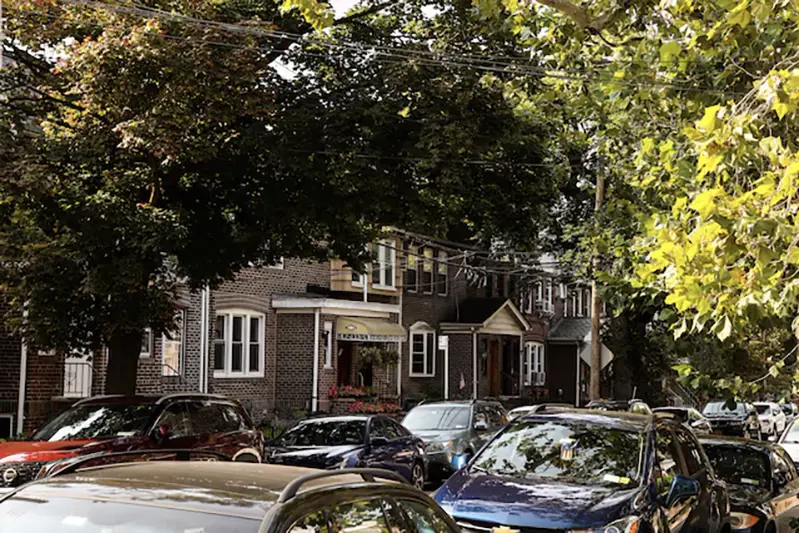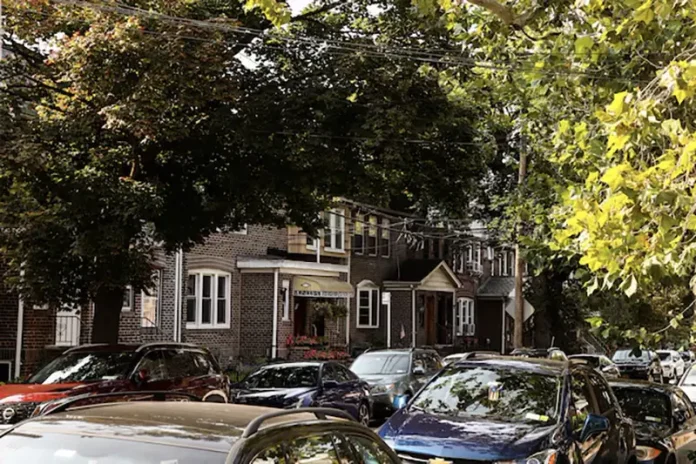By Lucia Mutikani
January 17, 2025 – 7:28 AM PST

WASHINGTON (Reuters) – U.S. single-family homebuilding increased to a 10-month high in December, indicating that construction activity regained some momentum at the end of the year, though rising mortgage rates and a glut of new homes on the market could constrain recovery.
The report from the Commerce Department on Friday also showed permits for future construction of single-family homes rising last month to the highest level since last February. The housing starts and permits data are notoriously volatile. Still, it added to solid December retail sales in suggesting that the economy retained most of its strength in the fourth quarter.
With President-elect Donald Trump pledging broad tariffs and mass deportations of undocumented immigrants, policies that economists have warned would boost prices for building materials and lead to shortages of construction workers, the recent gains in homebuilding are likely unsustainable. Trump will be inaugurated next Monday.
“We expect a cocktail of building material tariffs and stricter immigration rules affecting construction labor under the new Trump administration, as well as the overhang of new homes for sale that has developed in some regions, to discourage builders from starting new projects in the second half of the year and into 2026, causing starts to tail off,” said Thomas Ryan, North America economist at Capital Economics.
Single-family housing starts, which account for the bulk of homebuilding, rose 3.3% to a seasonally adjusted annual rate of 1.050 million units last month, the highest level since February 2024, the Commerce Department’s Census Bureau said.
Data for November was revised higher to show homebuilding increasing to a rate of 1.016 million units from the previously reported pace of 1.011 million units.
Single-family homebuilding shot up 14.3% in the Northeast and accelerated 8.3% in the Midwest. It increased 7.1% in the West, but was unchanged in the densely populated South. Homebuilding fell 2.6% year-on-year in December.
Starts for multi-family housing soared 58.9% to a pace of 418,000 units. Overall housing starts jumped 15.8% to a rate of 1.499 million units, the highest level since last February.
Economists polled by Reuters had forecast housing starts rising to a rate of 1.32 million units. Starts dropped 4.4% from a year ago. An estimated 1.364 million housing units were started in 2024, down 3.9% from 2023.
HIGHER MORTGAGE RATES
Higher mortgage rates have weighed on homebuilding, which had been benefiting from a dearth of previously owned houses for sale. Mortgage rates have risen in tandem with U.S. Treasury yields, which have surged on economic resilience and investor worries that Trump’s proposed policies, including tax cuts, higher tariffs on imported goods and mass deportations, could fan inflation.
The Federal Reserve has lowered its projected interest rate cuts for this year to only two from the four it estimated in September when it commenced its policy easing cycle. The U.S. central bank has reduced its benchmark overnight interest rate by 100 basis points to the 4.25%-4.50% range. The policy rate was hiked by 5.25 percentage points in 2022 and 2023.
The average rate on the 30-year fixed-rate mortgage rose above 7% this week for the first time since May, mortgage finance agency Freddie Mac said on Thursday.
Homebuilders have cheered Trump’s victory in the Nov. 5 election amid hopes for a less stringent regulatory environment.
The National Association of Home Builders/Wells Fargo housing market index was unchanged in January after rising in the prior two months, with builders complaining about high borrowing and construction costs.
There is an oversupply of unsold new homes, with inventory at levels last seen in late 2007.
Permits for future construction of single-family housing increased 1.6% to a rate of 992,000 units in December.
“The elevated level of inventory of unsold new homes on builders’ books suggests that any eventual upturn in demand, as and when mortgage rates eventually fall, will feed through only weakly to building activity,” said Samuel Tombs, chief U.S. economist at Pantheon Macroeconomics.
Single-family housing permits rose in the Northeast and South, but declined in the West and Midwest.
Multi-family building permits dropped 5.8% to a rate of 437,000 units. Building permits as a whole slipped 0.7% to a rate of 1.483 million units. They decreased 3.1% from a year ago. An estimated 1.471 million building permits were issued last year, down 2.6% from 2023.
Residential investment has been a drag on GDP for two straight quarters. The Atlanta Fed is forecasting GDP rising at a 3.0% annualized rate in the fourth quarter. The economy grew at a 3.1% pace in the July-September quarter.
Reporting by Lucia Mutikani; Editing by Chizu Nomiyama and Andrea Ricci


